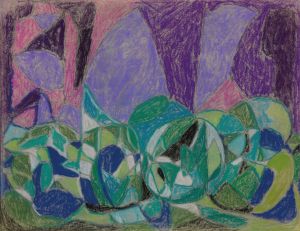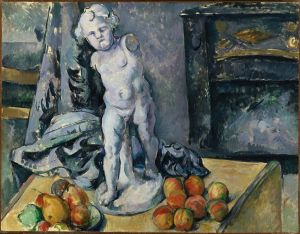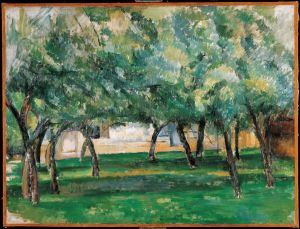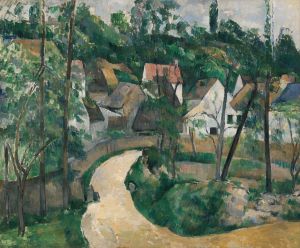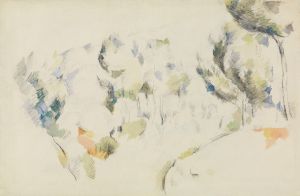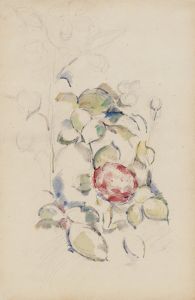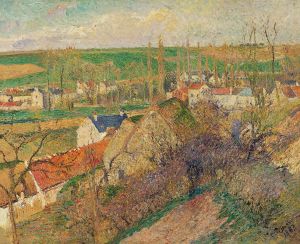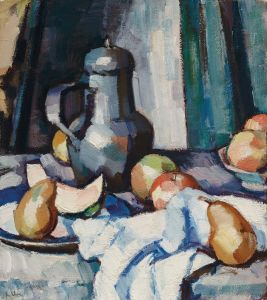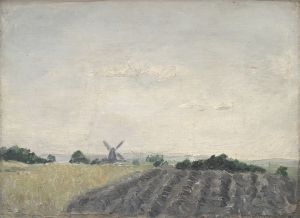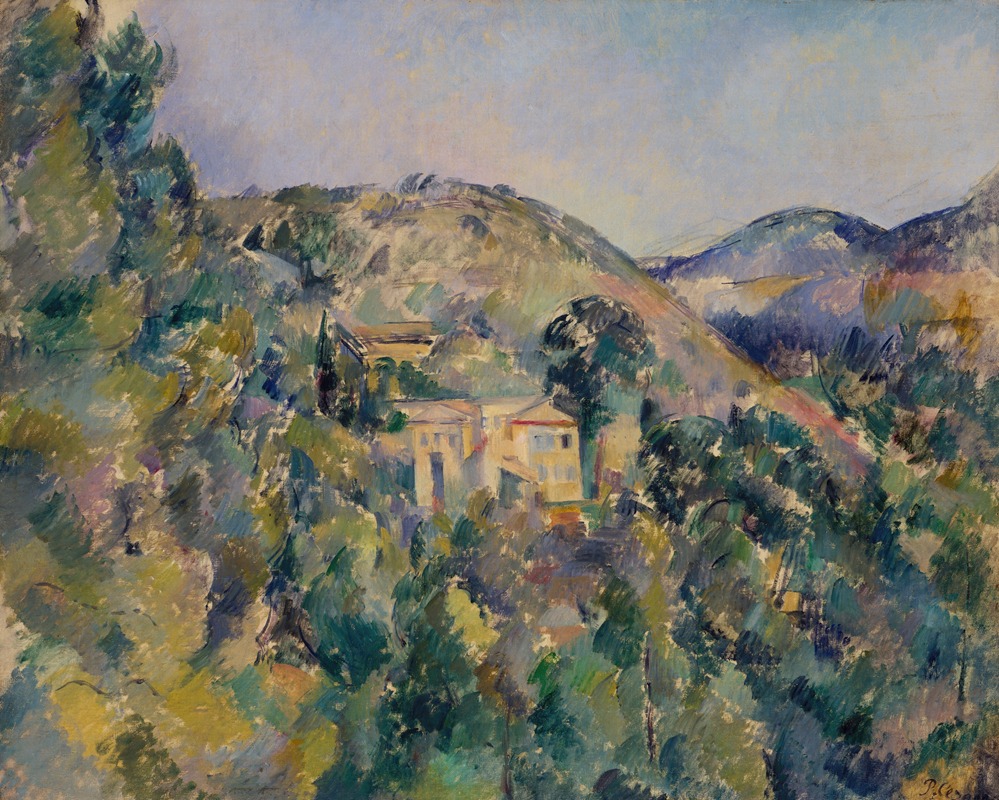
View of the Domaine Saint-Joseph
A hand-painted replica of Paul Cézanne’s masterpiece View of the Domaine Saint-Joseph, meticulously crafted by professional artists to capture the true essence of the original. Each piece is created with museum-quality canvas and rare mineral pigments, carefully painted by experienced artists with delicate brushstrokes and rich, layered colors to perfectly recreate the texture of the original artwork. Unlike machine-printed reproductions, this hand-painted version brings the painting to life, infused with the artist’s emotions and skill in every stroke. Whether for personal collection or home decoration, it instantly elevates the artistic atmosphere of any space.
"View of the Domaine Saint-Joseph" is a painting by the renowned French Post-Impressionist artist Paul Cézanne. Created in the late 19th century, this artwork exemplifies Cézanne's innovative approach to landscape painting, which significantly influenced the development of modern art.
Paul Cézanne was born on January 19, 1839, in Aix-en-Provence, France. He is often credited with bridging the gap between Impressionism and Cubism, and his work laid the foundation for the transition to the 20th-century art movements. Cézanne's unique method of building form with color and his analytical approach to nature were revolutionary during his time.
The painting "View of the Domaine Saint-Joseph" is part of Cézanne's extensive body of work focused on the landscapes of Provence, a region in southern France. This particular piece captures the rural scenery of the Domaine Saint-Joseph, an area near his hometown of Aix-en-Provence. Cézanne had a profound connection with the Provençal landscape, and it served as a constant source of inspiration throughout his career.
In "View of the Domaine Saint-Joseph," Cézanne employs his characteristic brushwork and use of color to convey the essence of the landscape. The painting features a harmonious composition of natural elements, including rolling hills, trees, and the expansive sky. Cézanne's technique involves the use of small, repetitive brushstrokes that build up to create a sense of depth and structure. This method allows him to capture the changing effects of light and atmosphere, which are central themes in his work.
Cézanne's palette in this painting is dominated by earthy tones and muted greens, reflecting the natural beauty of the Provençal countryside. The artist's careful modulation of color and tone creates a sense of harmony and balance, inviting viewers to experience the tranquility of the scene. Unlike the fleeting impressions captured by the Impressionists, Cézanne's landscapes are more structured and deliberate, emphasizing the underlying geometry of nature.
"View of the Domaine Saint-Joseph" is a testament to Cézanne's dedication to exploring the complexities of visual perception. His approach to painting landscapes was not merely about representing the physical world but about capturing the sensations and emotions evoked by the environment. This focus on the subjective experience of nature was a significant departure from the more objective depictions of earlier landscape artists.
Cézanne's work, including "View of the Domaine Saint-Joseph," had a profound impact on future generations of artists. His exploration of form and color influenced the development of Cubism, with artists like Pablo Picasso and Georges Braque drawing inspiration from his techniques. Cézanne's emphasis on the structural aspects of painting also paved the way for abstract art, making him a pivotal figure in the history of modern art.
Today, "View of the Domaine Saint-Joseph" is celebrated as an example of Cézanne's mastery of landscape painting. It continues to be studied and admired for its innovative approach and its contribution to the evolution of art. The painting is housed in various collections and exhibitions, allowing audiences worldwide to appreciate Cézanne's enduring legacy.







